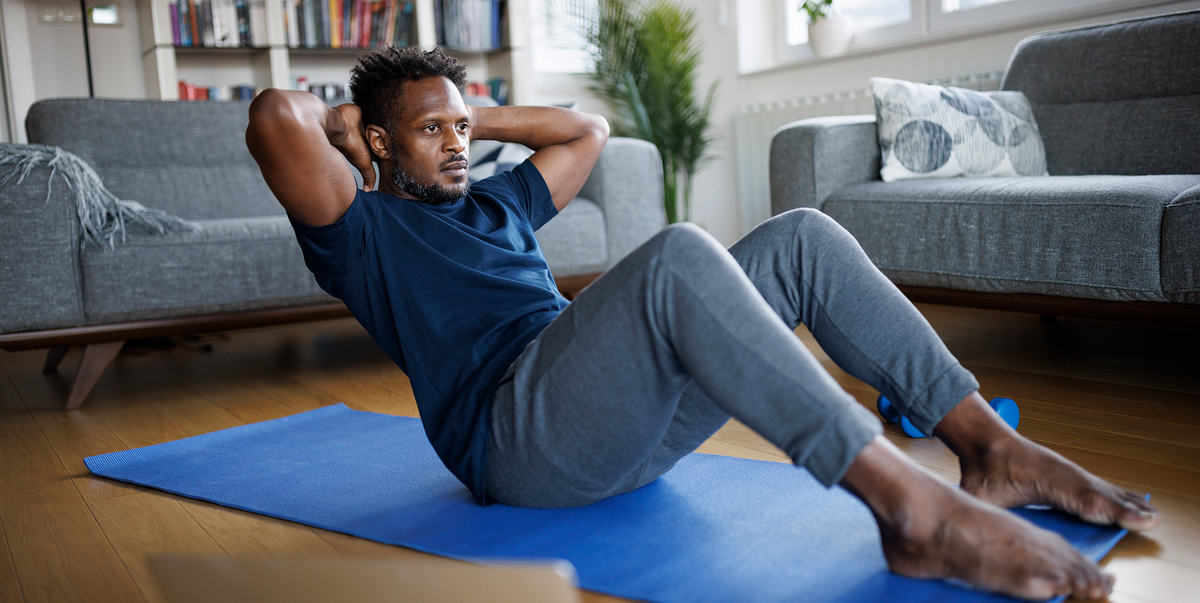Looking to maximize your fitness routine by combining a core workout plan with a full body workout? This combination is a game changer, allowing you to build a strong foundation while working every muscle group. Whether you’re a beginner or a fitness enthusiast, merging these two approaches can yield incredible results. Let’s explore how to do this effectively.
The Foundation of a Core Workout Plan
Why Core Strength is Essential
Core strength isn’t just about having visible abs—it’s about building the muscle groups that stabilize and support your body. A strong core improves balance, reduces the risk of injury, and enhances your overall performance in physical activities. Whether you’re lifting weights, running, or just moving through your day, a solid core keeps everything connected and aligned.
Core Exercises to Incorporate into Your Routine
Incorporating effective core exercises is the first step to building that strength. Here are a few must-haves:
Planks
One of the best exercises for core stability. Planks engage your entire core, from your shoulders to your glutes, and even your legs. Start by holding a plank for 30 seconds and gradually increase the duration.
Russian Twists
This dynamic movement targets your obliques and helps with rotational strength. By adding a weight, you can make this exercise even more challenging and effective.
Leg Raises
Leg raises are fantastic for engaging your lower abdominal muscles. Keep your back flat against the floor as you lift and lower your legs, ensuring that your core does the work.
The Benefits of Full Body Workouts
What is a Full Body Workout?
A full body workout targets all major muscle groups in a single session. Instead of isolating one or two muscles, you’re engaging everything—arms, legs, core, back, and more. This is particularly beneficial for those with limited time, as you’re getting a comprehensive workout in less time.
How Full Body Workouts Improve Overall Fitness
Full body workouts enhance muscular strength, cardiovascular endurance, and flexibility simultaneously. When you incorporate compound movements like squats, deadlifts, and push-ups, you’re not just building muscle—you’re improving coordination and burning more calories.
Combining Core and Full Body Workouts for Maximum Results
The Importance of Balance and Variety in Training
Combining a core workout plan with full body workouts ensures that you’re not neglecting any part of your fitness journey. The key is balance. You want to target your core without overworking it, while also ensuring that the rest of your body is being challenged.
Sample Workout Routine for Core and Full Body Combination
Here’s a sample routine to help you get started:
Warm-up and Stretching
Start with a light warm-up like jogging or jumping jacks to get your blood flowing, followed by dynamic stretches to prepare your muscles for the workout ahead.
Core-Focused Circuits
- Plank (30 seconds)
- Russian Twists (15 reps each side)
- Leg Raises (12 reps)
Repeat this circuit three times with minimal rest.
Full Body Movements
- Squats (15 reps)
- Push-Ups (12 reps)
- Deadlifts (10 reps)
- Lunges (10 reps each leg)
Again, repeat this circuit three times.
The Role of Recovery and Rest in Your Workout Plan
Importance of Rest Days
Rest days are crucial for allowing your muscles to recover and grow stronger. Without adequate rest, you risk overtraining, which can lead to injury and burnout.
Tips for Muscle Recovery
Make sure to hydrate, eat a balanced diet rich in protein and essential nutrients, and incorporate light stretching or yoga on your rest days to aid in recovery.
Nutrition Tips to Fuel Your Workouts
Best Foods for Core Strength
Focus on lean proteins like chicken and fish, whole grains, and healthy fats like avocados and nuts. These foods provide the necessary fuel for your core muscles to function optimally.
Nutrition to Support Full Body Workouts
For full body workouts, complex carbohydrates are your friend. Think quinoa, brown rice, and sweet potatoes. These provide sustained energy for your entire workout.
Tracking Your Progress and Staying Consistent
Monitoring Strength and Endurance
Keep track of your reps, weights, and how you feel during and after workouts. Monitoring progress is essential for making adjustments and celebrating achievements.
Adapting and Modifying Your Routine Over Time
As you progress, don’t be afraid to switch things up. Add more weight, increase reps, or try new exercises to keep challenging your body.
The Approach Community – Your Partner in Fitness
At The Approach Community, we believe that fitness is a journey best taken with support. That’s why we offer comprehensive fitness guides designed to help you succeed. Looking to get fit and stay healthy? Download our guide today! You’ll find expert tips, targeted exercises, and step-by-step instructions that cater to both beginners and seasoned athletes. Don’t wait—start your journey to a fitter, healthier you today!
Final Thoughts
Combining core workout plans with full body workouts can revolutionize your fitness routine. By focusing on both, you build a strong, stable foundation while enhancing your overall strength and endurance. Remember to balance your workouts, fuel your body with the right nutrition, and stay consistent for the best results.
FAQs
- What’s the best frequency for combining core and full body workouts?
Aim for three to four days a week, with a balance between core-focused days and full body workout days. - How long should a core workout plan last?
Core workouts can be 10-20 minutes long, added to your regular workout routine or as standalone sessions. - Can beginners combine core and full body workouts?
Absolutely! Start with bodyweight exercises and gradually increase intensity as you build strength. - What should I eat before and after a full body workout?
Before: Complex carbs for energy (e.g., oatmeal). After: Lean protein and healthy fats to support muscle recovery (e.g., grilled chicken with avocado).
How do I prevent injury when doing full body workouts?
Focus on proper form, warm-up thoroughly, and listen to your body to avoid overtraining.
